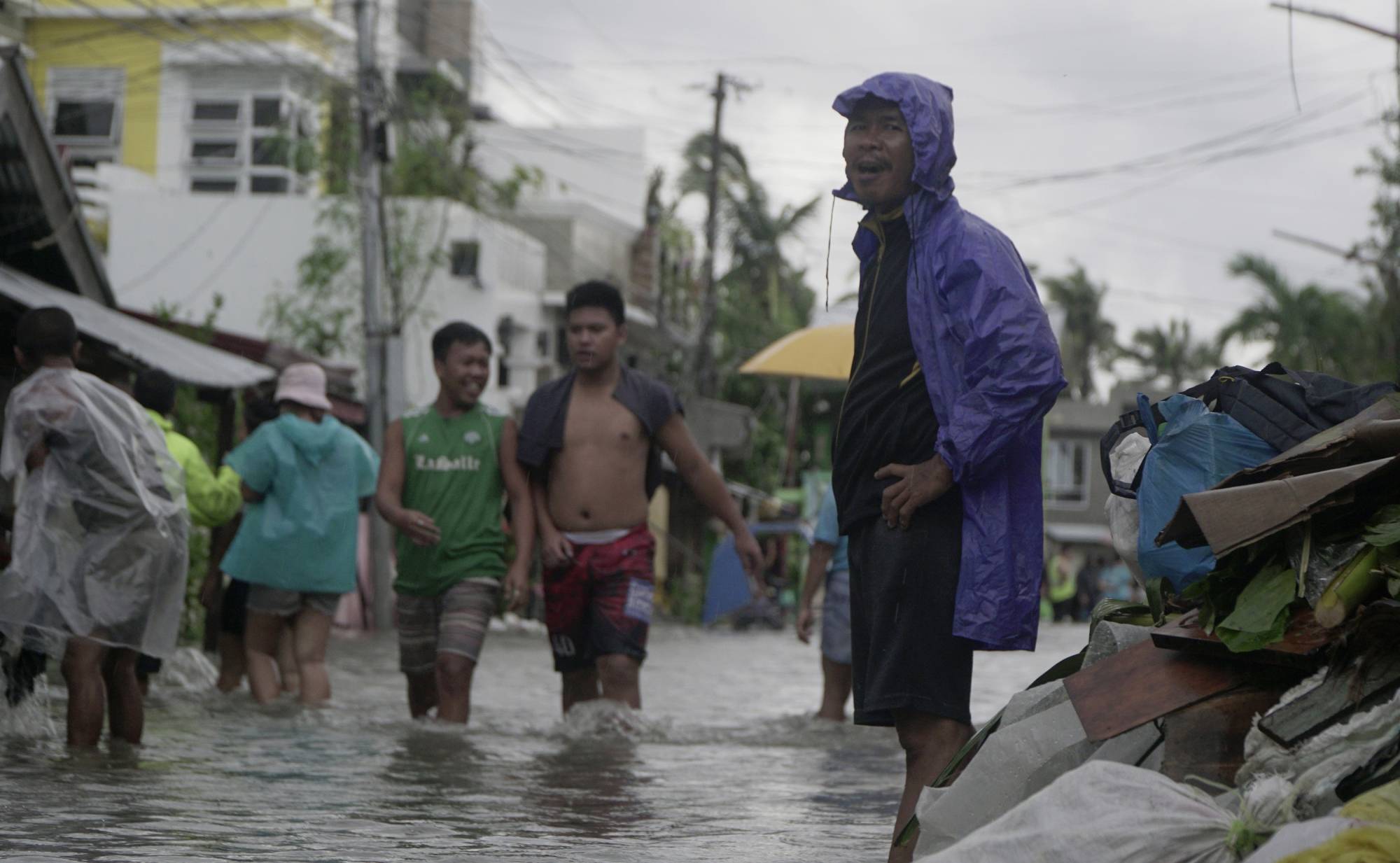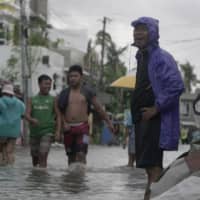The Philippines’ fight against the coronavirus is likely to become more complicated with the onset of typhoon season, during which it typically has to evacuate tens of thousands of people from storm-hit areas.
"As the rainy season approaches, the battle against the virus will become more challenging,” the finance department said in a May 15 bulletin. "The flu season will have started and flooding could occur in low-lying areas. Distancing in temporary relocation sites could be difficult to implement.”
The police shared similar concerns, saying on Saturday that the typhoon season could test its operations, especially when evacuating people under quarantine. The disaster responses last week for Typhoon Vongfong "were made more difficult by some restrictions” due to the virus, it said.
The Philippines experiences an average of 20 cyclones a year, mostly in the second half, and those forced to flee are usually housed in packed shelters. Evacuees are compelled to wear masks and practice social distancing to prevent infections, while personnel wear personal protective equipment, Health Undersecretary Maria Rosario Vergeire said on Friday.
Vongfong, the latest storm to hit the country and the first of the year, prompted more than 150,000 people to flee their homes and seek shelter this week, according to authorities. The cyclone further weakened on Sunday.
Intense rains and strong winds damaged houses and crops as Vongfong slammed eastern provinces on Thursday and Friday. At its peak the typhoon packed winds as high as 125 kph (about 78 mph). At least two people died, two were missing and 10 were injured in separate incidents related to the storm, authorities said.
On Sunday, Vongfong’s top winds eased to 45 kph near its center and had gusts of up to 55 kph, the weather bureau said.
The Philippines had 12,305 coronavirus cases, including 817 deaths, as of Saturday.



















With your current subscription plan you can comment on stories. However, before writing your first comment, please create a display name in the Profile section of your subscriber account page.